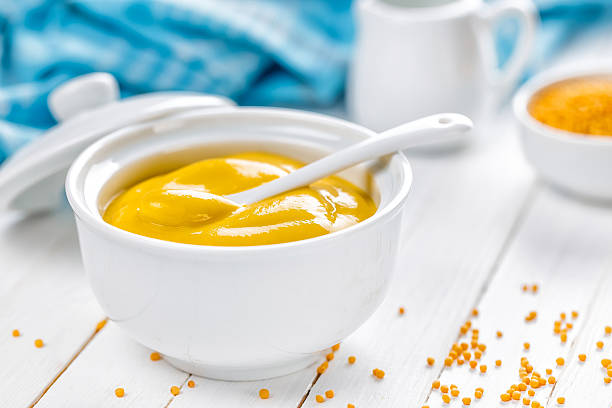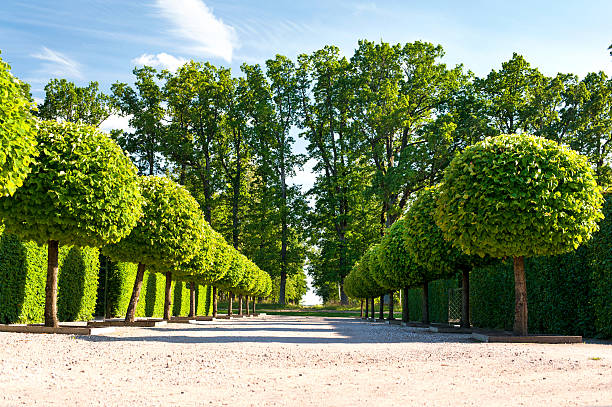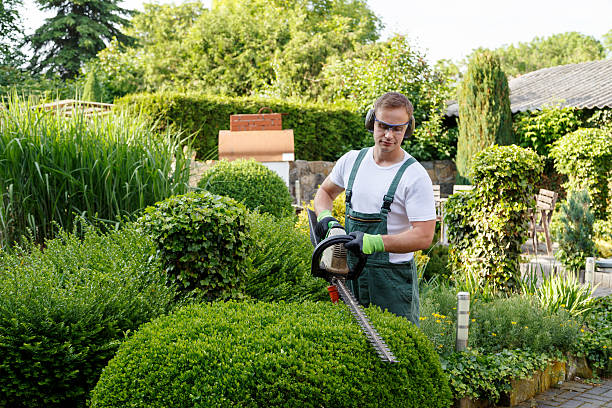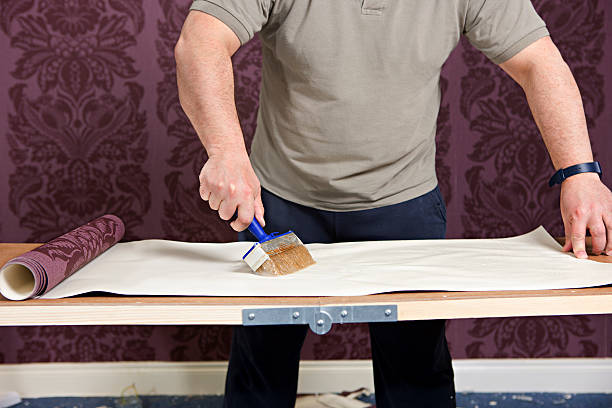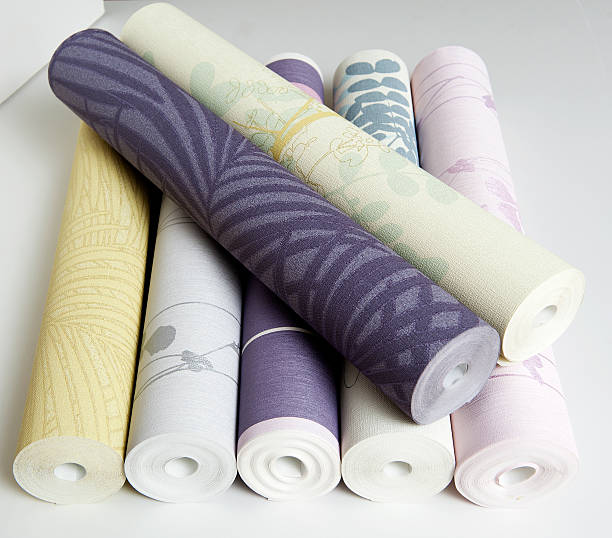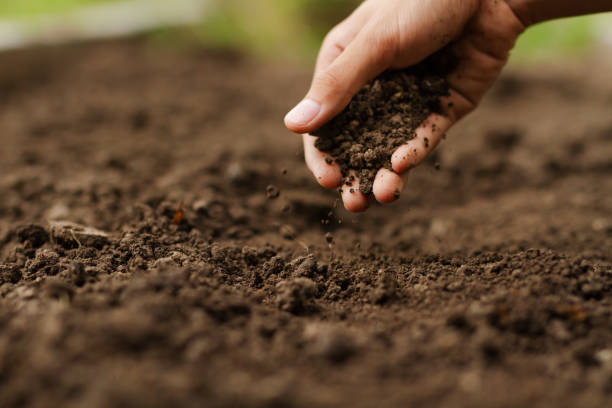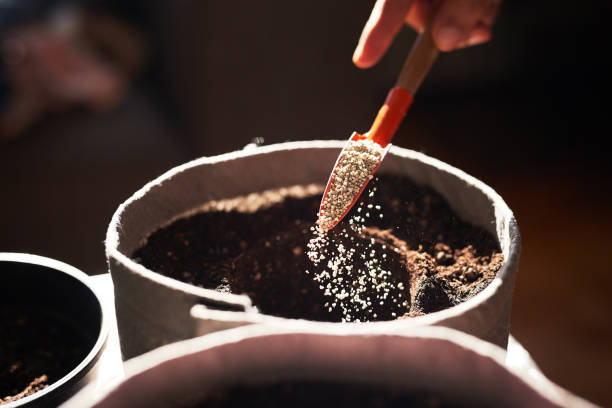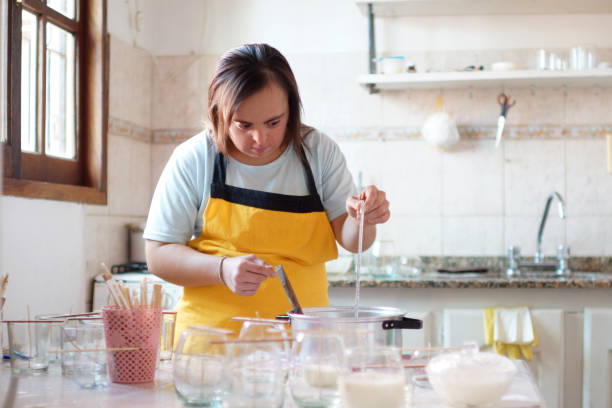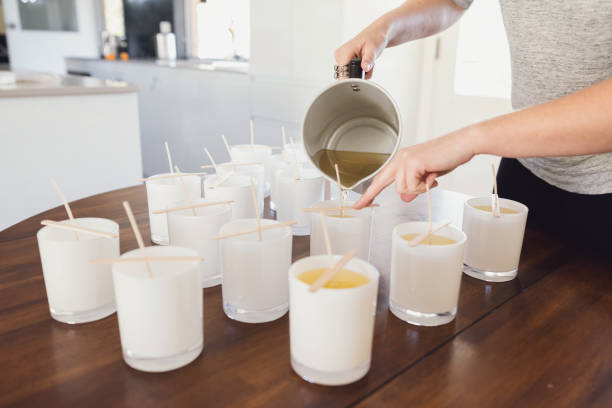Instructions and recipes for making muesli yourself. Easy as pie homemade muesli. With many delicious recipes for your personal muesli.
Breakfast should be the most important meal of the day. Especially for children, breakfast is the basis before an often long school day. Children should come to school fit and healthy. A healthy breakfast in the morning, with carbohydrates, vitamins, and nutrients that ensure a healthy start to the day, is all the more important. What could be more obvious than freshly preparing tasty muesli yourself?
The basic ingredients for a healthy muesli

Cereals, millet, quinoa, spelled, oats, or millet are the basis for every muesli. They are good suppliers of energy because they contain a lot of important roughage and thus ensure a long-lasting feeling of satiety. Their vitamin B content, as well as minerals, ensure a good immune system.
Nuts
Since nuts are very rich in healthy fats, minerals, and proteins, they are essential for nourishing our nerves. They should not be missing in any homemade muesli. It doesn’t matter whether walnuts, hazelnuts, cashews, or other types of nuts are used. You can freely choose from the range of nuts according to your mood.
Seeds and kernels
Seeds and kernels of all kinds provide important omega-3 fatty acids and thus protect the body from stress. Sunflower seeds, sesame, hemp seeds, chia seeds, and other seeds are suitable for the fresh muesli.
Spices
Spices give the muesli a special touch. Cinnamon and vanilla have an extremely mood-enhancing effect. Since they are able to regulate the blood sugar level, they are particularly valuable and healthy and therefore the perfect addition to our fresh, homemade muesli.
Dairy products
Dairy products such as yogurt, kefir, quark, milk, or cream cheese are excellent sources of protein and are essential for healthy intestinal flora. Use dairy products without sugar or added sugar to mix your muesli healthily. Avoid ready-made, store-bought muesli mixes, as sugar is often added to them.
If you suffer from lactose intolerance, replace the dairy products with plant-based products such as oat milk, soy milk, almond milk, rice milk, or similar.
Fruit
Fresh seasonal fruit, such as strawberries, blueberries, apricots, mangoes, apples, pears…etc. gives your muesli freshness and also provides you with important vitamins. Pay attention to good quality and use unsprayed fruit if possible, or fruit of organic quality for your homemade muesli.
Sweeten the muesli
To avoid refined sugar, choose natural variants such as honey, maple syrup, or coconut blossom sugar. Unlike refined sugar, these contain carbohydrates, minerals, and other nutrients.
Our muesli tip
Now that we have explained the basic ingredients of muesli to you in more detail, we would now like to present a recipe that will certainly get you off to a good start in the day. The ingredients can of course be exchanged or added to as desired; there is no limit to the imagination. Have fun trying!
Muesli Ingredients for 750g about 7-8 portions

- 500g coarse oat flakes
- 140g walnuts
- 50g grated coconut
- 60g chia seeds
- 1 tsp coconut powder
- 2½ tsp ground vanilla
- 3 teaspoons cinnamon
- 85 ml olive oil
- 300 grams of honey




